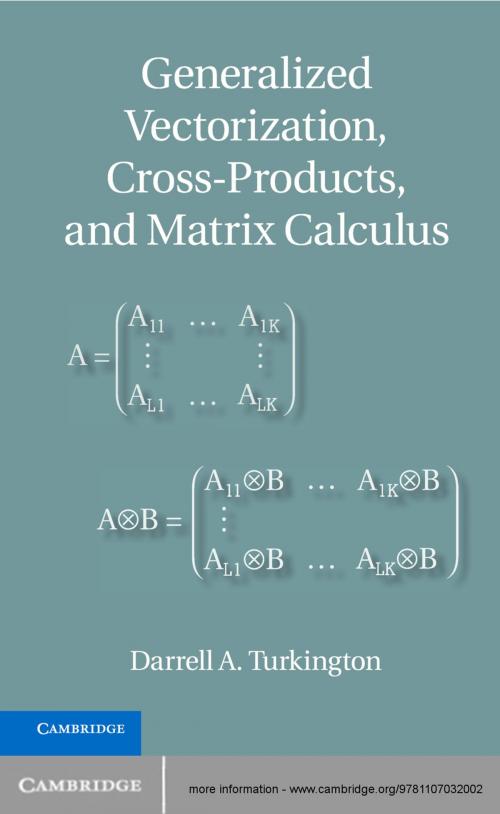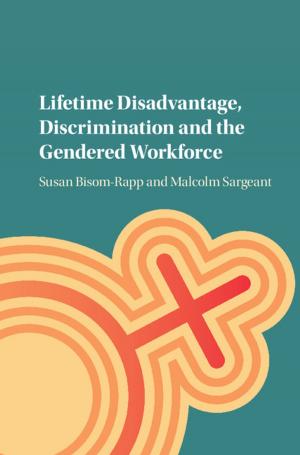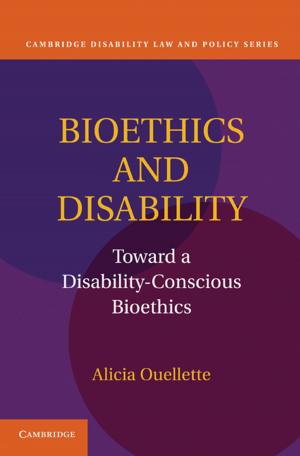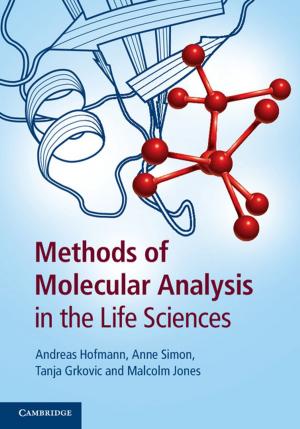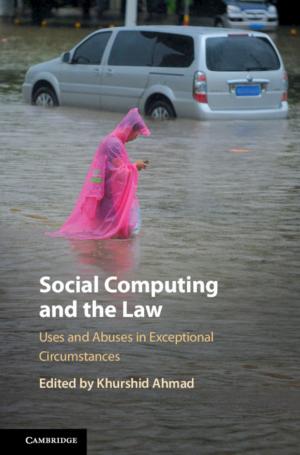Generalized Vectorization, Cross-Products, and Matrix Calculus
Business & Finance, Economics, Econometrics, Nonfiction, Computers, General Computing| Author: | Darrell A. Turkington | ISBN: | 9781139611183 |
| Publisher: | Cambridge University Press | Publication: | February 11, 2013 |
| Imprint: | Cambridge University Press | Language: | English |
| Author: | Darrell A. Turkington |
| ISBN: | 9781139611183 |
| Publisher: | Cambridge University Press |
| Publication: | February 11, 2013 |
| Imprint: | Cambridge University Press |
| Language: | English |
This book presents the reader with new operators and matrices that arise in the area of matrix calculus. The properties of these mathematical concepts are investigated and linked with zero-one matrices such as the commutation matrix. Elimination and duplication matrices are revisited and partitioned into submatrices. Studying the properties of these submatrices facilitates achieving new results for the original matrices themselves. Different concepts of matrix derivatives are presented and transformation principles linking these concepts are obtained. One of these concepts is used to derive new matrix calculus results, some involving the new operators and others the derivatives of the operators themselves. The last chapter contains applications of matrix calculus, including optimization, differentiation of log-likelihood functions, iterative interpretations of maximum likelihood estimators and a Lagrangian multiplier test for endogeneity.
This book presents the reader with new operators and matrices that arise in the area of matrix calculus. The properties of these mathematical concepts are investigated and linked with zero-one matrices such as the commutation matrix. Elimination and duplication matrices are revisited and partitioned into submatrices. Studying the properties of these submatrices facilitates achieving new results for the original matrices themselves. Different concepts of matrix derivatives are presented and transformation principles linking these concepts are obtained. One of these concepts is used to derive new matrix calculus results, some involving the new operators and others the derivatives of the operators themselves. The last chapter contains applications of matrix calculus, including optimization, differentiation of log-likelihood functions, iterative interpretations of maximum likelihood estimators and a Lagrangian multiplier test for endogeneity.
